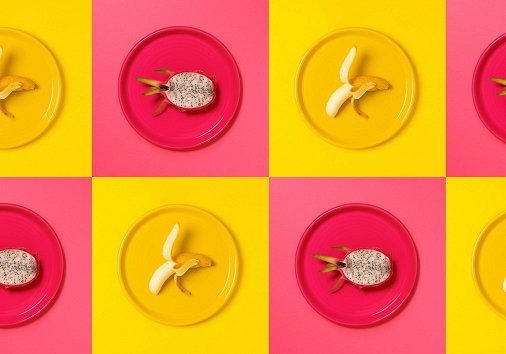What is a Footcandle in Video Lighting
A footcandle, or an FC, is a unit of brightness used in an imperial metric system.

The footcandle definition
It is, literally, the amount of light from one candle at the distance of one foot from it. We can imagine one footcandle as a sphere whose radius is one foot with a candle flame in the center.

FC is an American analogue for European lux – like pints and liters, feet and meters, pounds and kilograms and so on. One footcandle is approximately equal to 10 lux (10.76 to be more precise). The modern filming equipment may use any of these systems or both.
What is it used for?
Footcandle meter is called an exposure-meter or a light-meter. It’s a special tool which may be already embedded in modern cameras or may be used separately. You can also calculate this parameter by your own, but the formula is very complicated and requires knowing too much miscellaneous data.
You need to know the footcandle of an object or a space where you shoot to set the right exposure on the cam. Mind that this parameter is heavily dependable on the lighting conditions and daytime: the very same spot will have different FC in the noon or at Golden Hour, Sun-lit or in the light of a lamp.
Footcandle recommendations
FC recommendations and requirements are elaborated for architects, engineers, and interior designers, not for photographers. While creating a project of a building, a specialist must consider a minimum lighting demands in order to plan windows and other light sources.
But there is a short list of approximate FC in different conditions, to give you some orientation:
- A hall — 5-10 FC
- Rooms (including kitchen) — 10-50 FC
- A workshop or another workspace — 500-100 FC
- Direct daylight — 10000 FC
But, again, most possibly, if you use a modern cam or a smartphone, your device can “read” it automatically, so you don’t have to bother.
Post-shooting editing
Even if your camera isn’t perfect or you failed to find ideal settings, post-filming editing can still improve everything drastically.
If you feel you didn’t manage to adjust the exposure to the lighting conditions, you can enhance your recording’s brightness, contrast and saturation.



